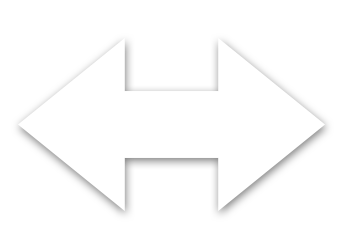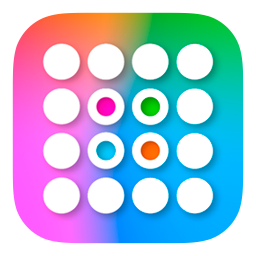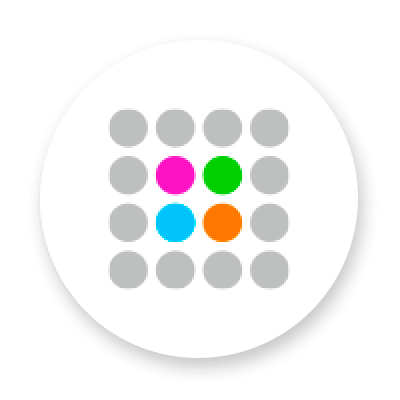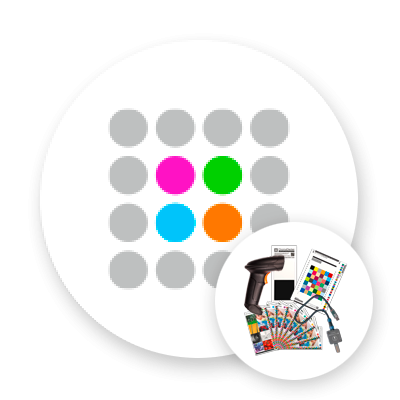Specification
E-Factor is an important value within the ChromaChecker Color Conformance system, it provides a link between human expectations for a color match and the printing device's ability to deliver a color match that will meet or exceed the expectations. If printing devices E-Factor is less than customer expectations, you have salable print; if not, it is a waste. This is a critical metric to eliminate inconsistent expectations by operators, salespeople, and customers to standardize shop tolerances.
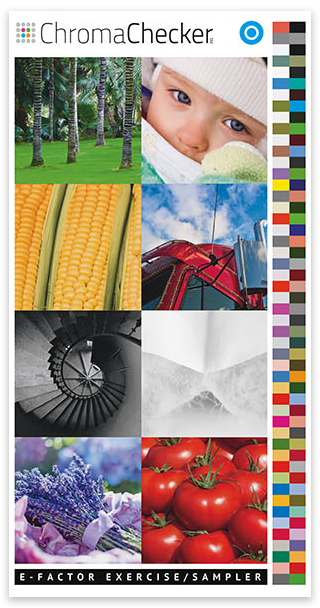 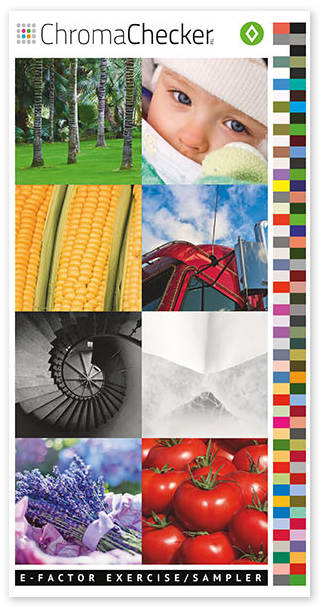  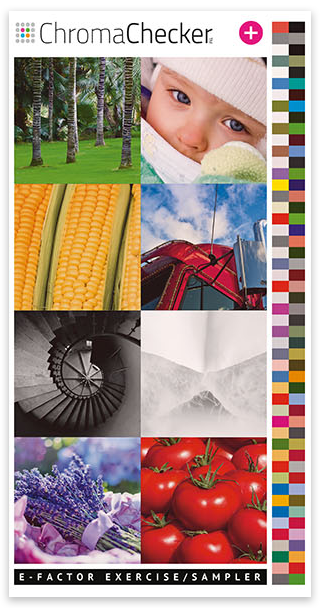 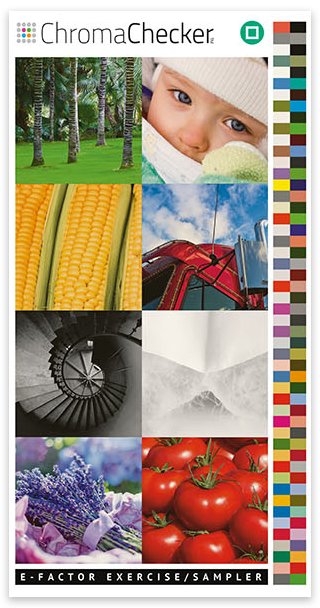 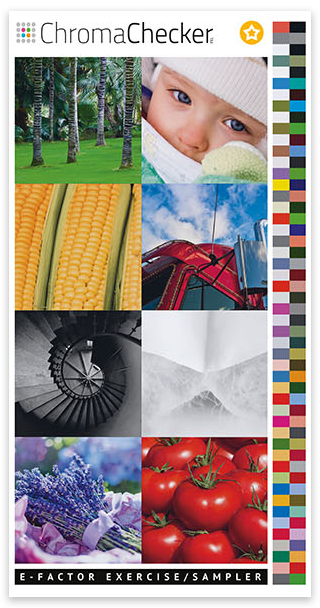   |
All eight cards are marked with one of these icons:
![]()
![]()
![]()
![]()
![]()
![]()
![]()
![]()
E-Factor
E-Factor Exercise is based on a type of delta E (∆E 00) metrics but for communicating visual differences related to two pages compared to one another. When comparing two color samples the industry uses the ∆E formula. This approach is only good for single-color comparisons. When comparing pictures or pages with thousands of colors (think of each dot/pixel in a picture being a different color), ∆E metric doesn't work. But a derivative of ∆E called CRF at the 95th percentile does work extremely well when comparing hundreds or thousands of colors. This formula compares all the colors and eliminates the highest 5% of ∆Es ensuring that 95% of the colors between the images are within the ∆E at the 95th percentile. This metric, called E-Factor, co-relates directly with the relative difference when using ∆E for single color comparisons, but applies to visual differences between two pages or images.
E-Factor Exercise
In the first step, the user is asked to compare:
 |
|
 |
This is a simple procedure where the user has to compare pairs of cards.
Do not judge if you see a difference —
you should see a difference between every page.
Judge where you would “accept” the difference.
Depending on the acceptance of this level of difference, the next pair of samples will be prompted for the user. If a person doesn't change their mind the maximum number of steps is four. Once completed, the user will learn what level of the color difference they are willing to accept.
Click on the E-Factor sign below to Start the Exercise
or visit App Store and download our free ChromaChecker Connect App
|
App Store |
|
ChromaChecker Connect |
E- Factor Sampler
Every E-Factor Exercise/Sampler product manufactured is custom measured. We have very tight production tolerances and every single product has an individual QC label that is documenting its precision. The product envelope has a production batch code that can be used to get access to actual data measured for the production batch. Our CC Connect application can be used to get access to data that reflects specific production baseline results.
E-Factor Sampler enables you to quickly visualize the different E-Factors from 2 to 9 (based on selected production batch) using the cards from your set. It also enables the user to find the pair of cards that is closest to the desired E-Factor value.
Online version vs. printed
ChromaChecker has developed two versions of E-Factor Exercise:
- Hardcopy - Printed
- Soft copy - Displayed on the monitor (with sRGB limitations of web browser)
We strongly recommend performing both. And don't expect the same results. The human eye sees color differently on the screen versus in print. How a monitor emits color is different from how light reflects off a print. Ambient lighting in both scenarios will affect how the color is perceived. To help understand the explanation both E-Factor exercise methods should be conducted. Such comparison is very important to improve the personal experience and helps users to understand hard-proofing and soft-proofing limitations.
Tips
You may see color differently wide awake after a couple of cups of coffee versus tired or relaxed later in the day. It is important to take this exercise multiple times over a week to see the consistency of your color expectations.
Various lighting conditions will have a visible influence on results. The basic exercise should be performed under D50 but checking different illuminants may bring additional experience. Try fluorescent, LED, and daylight bulbs.
Repeat tests to learn how your eyes and your brain interpret colors. It will give you better control over how you judge color. If your perspective on color difference is critical, be sure that you have the experience and skill to make color expectation tolerances.


